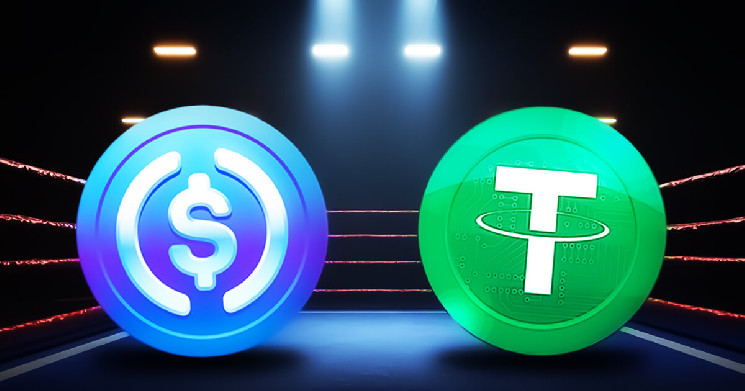Stablecoins like USDT and USDC are becoming increasingly popular in digital finance due to their stability and 1:1 peg to the US dollar. In Singapore, the stablecoin payment value reached $1 billion in Q2 2023. While USDT and USDC share the same purpose, they have some differences. USDC is known for its transparency, providing monthly attestation reports conducted by independent accounting firms, while Tether's transparency practices have been a point of contention. USDC also excels in regulatory compliance, with reserves stored in regulated US financial institutions and adherence to KYC and AML guidelines. USDT, on the other hand, has an advantage in liquidity and extensive adoption. It is the most traded stablecoin by volume and is widely available on exchanges. Transaction fees for stablecoins depend on the blockchain network, with Solana and Algorand offering fast and cost-effective options. The popularity of stablecoins has increased due to tightening banking regulations, prompting companies to turn to alternative transaction options like stablecoins. Both USDT and USDC are centralized stablecoins functioning atop decentralized networks. The choice between them depends on individual user needs, with traders often preferring USDT for market access and flexibility, while users prioritizing security and compliance may opt for USDC. Stablecoins are expected to continue growing in popularity as they offer the benefits of both cryptocurrency and traditional finance.
 Content Editor
( cryptoslate.com )
Content Editor
( cryptoslate.com )
- 2024-11-09
USDT or USDC? Key considerations when choosing a stablecoin

 Esponel (es)
Esponel (es) Türkçe (tr)
Türkçe (tr) Russian (ru)
Russian (ru) 한국인 (kr)
한국인 (kr) Italiano (it)
Italiano (it) हिंदी (in)
हिंदी (in) عربي (ar)
عربي (ar) Français (fr)
Français (fr) Deutsch (de)
Deutsch (de) 日本 (jp)
日本 (jp) 中国人 (cn)
中国人 (cn)